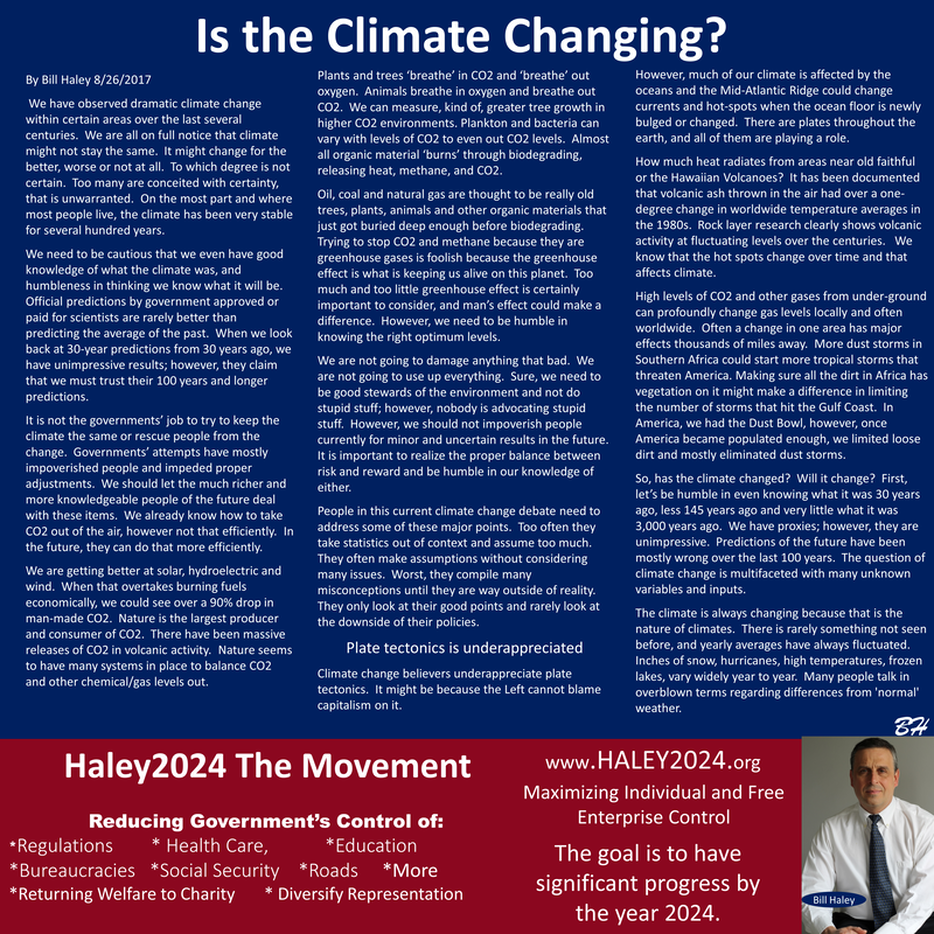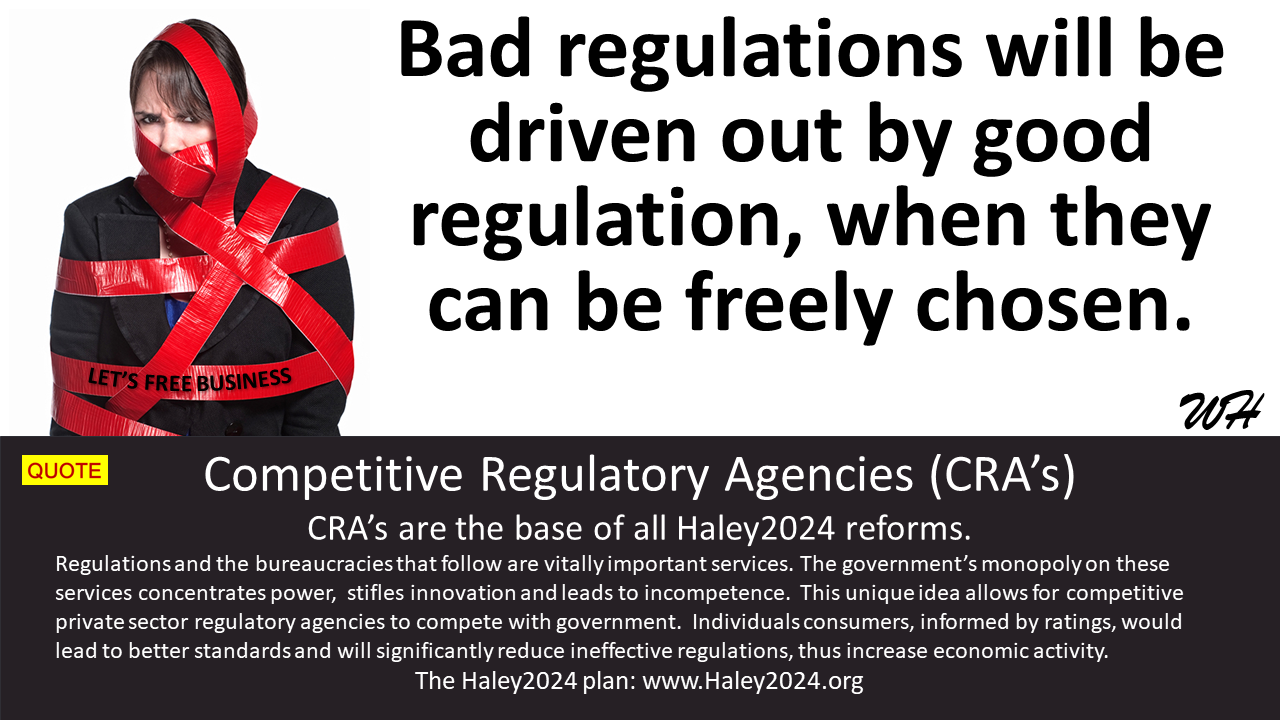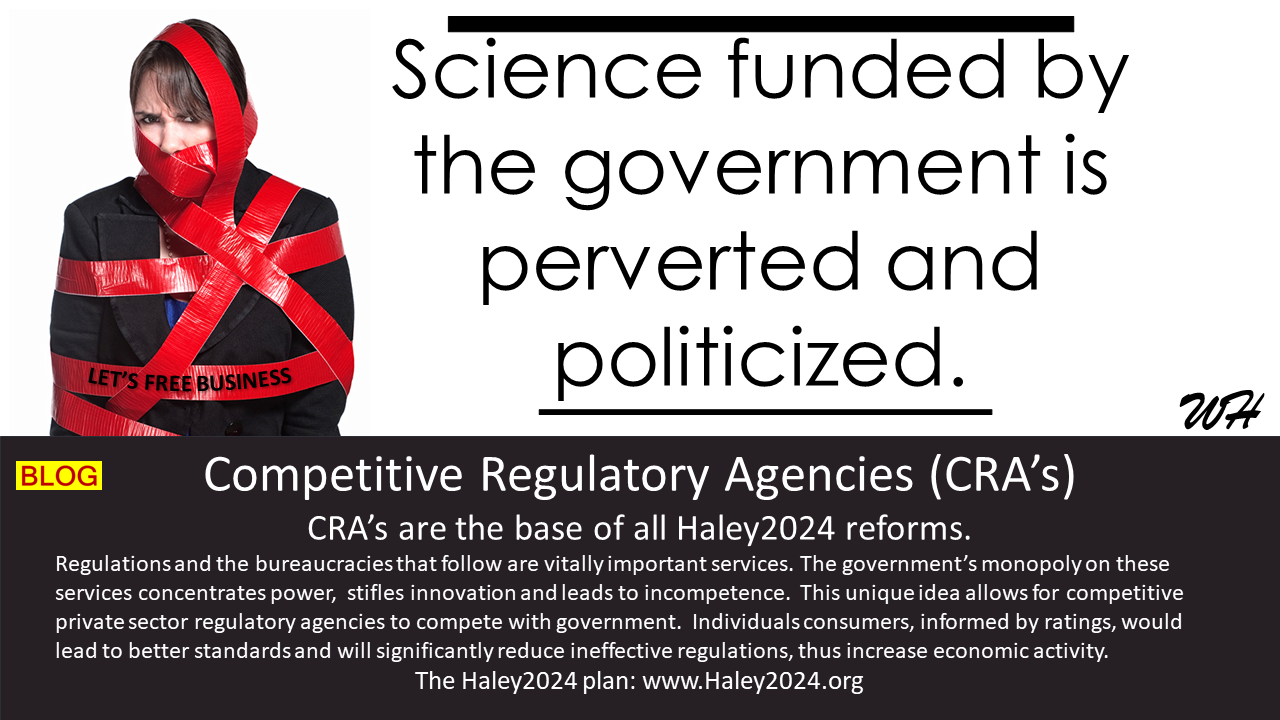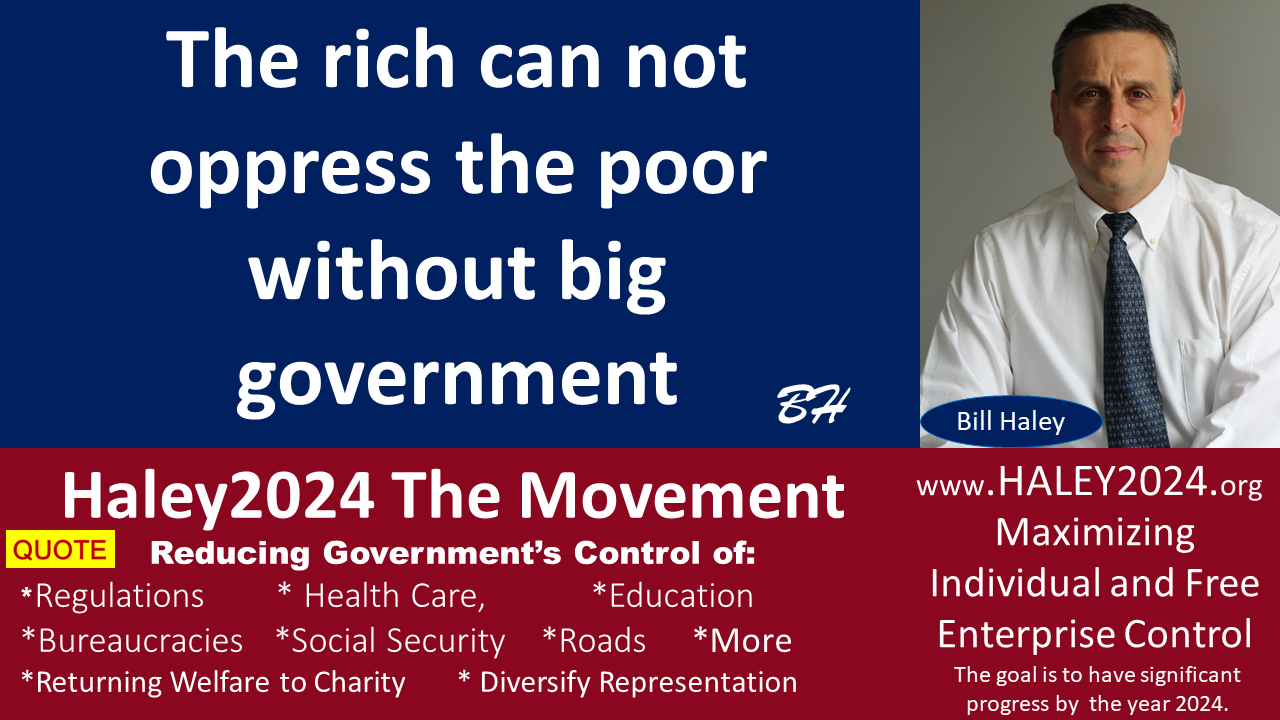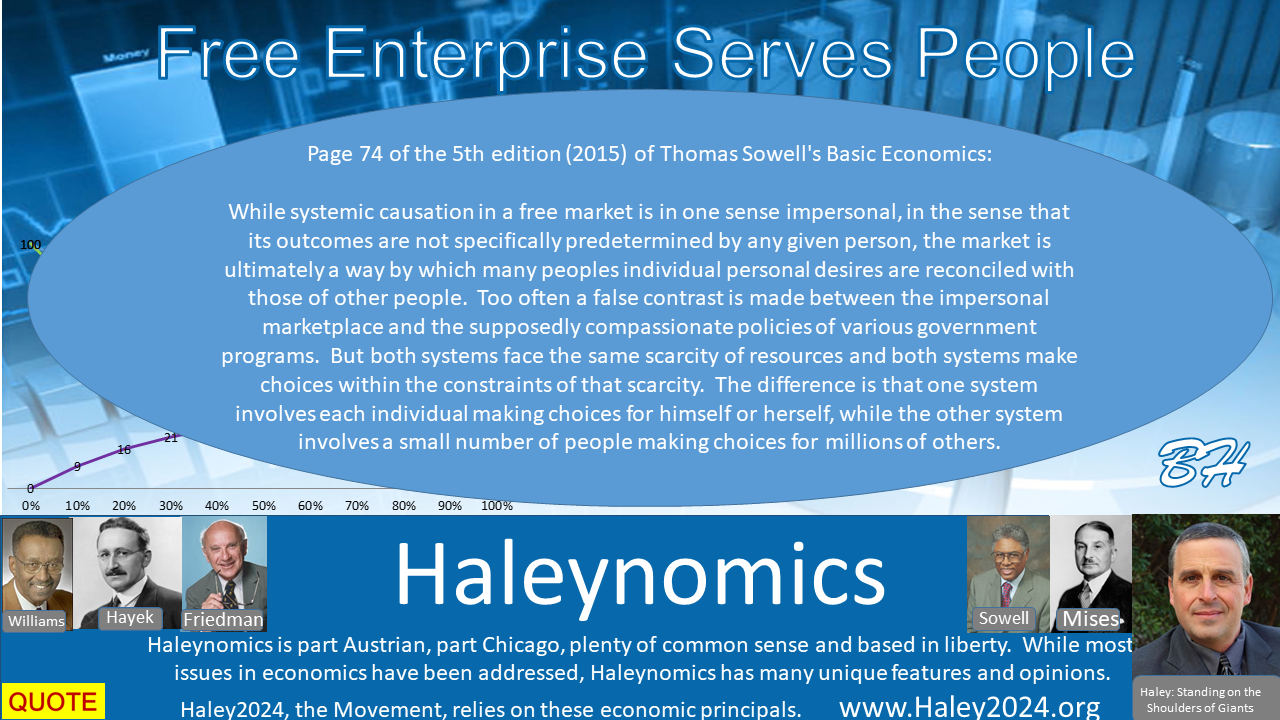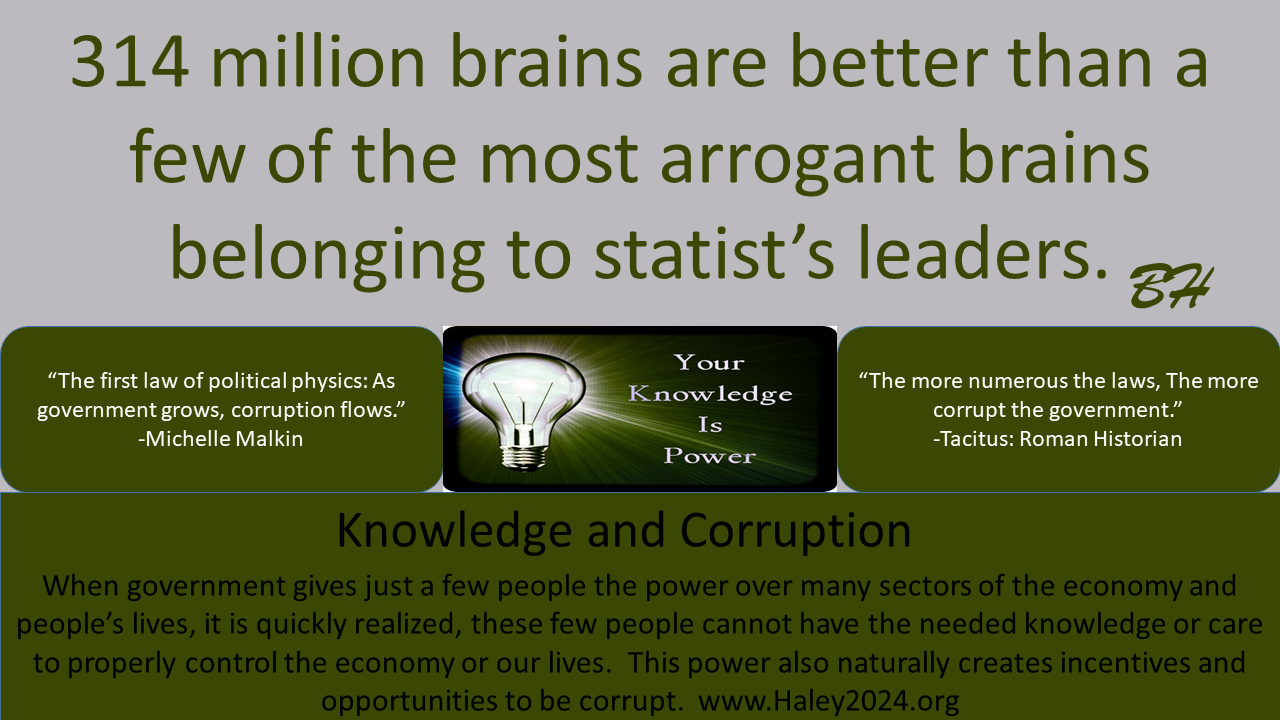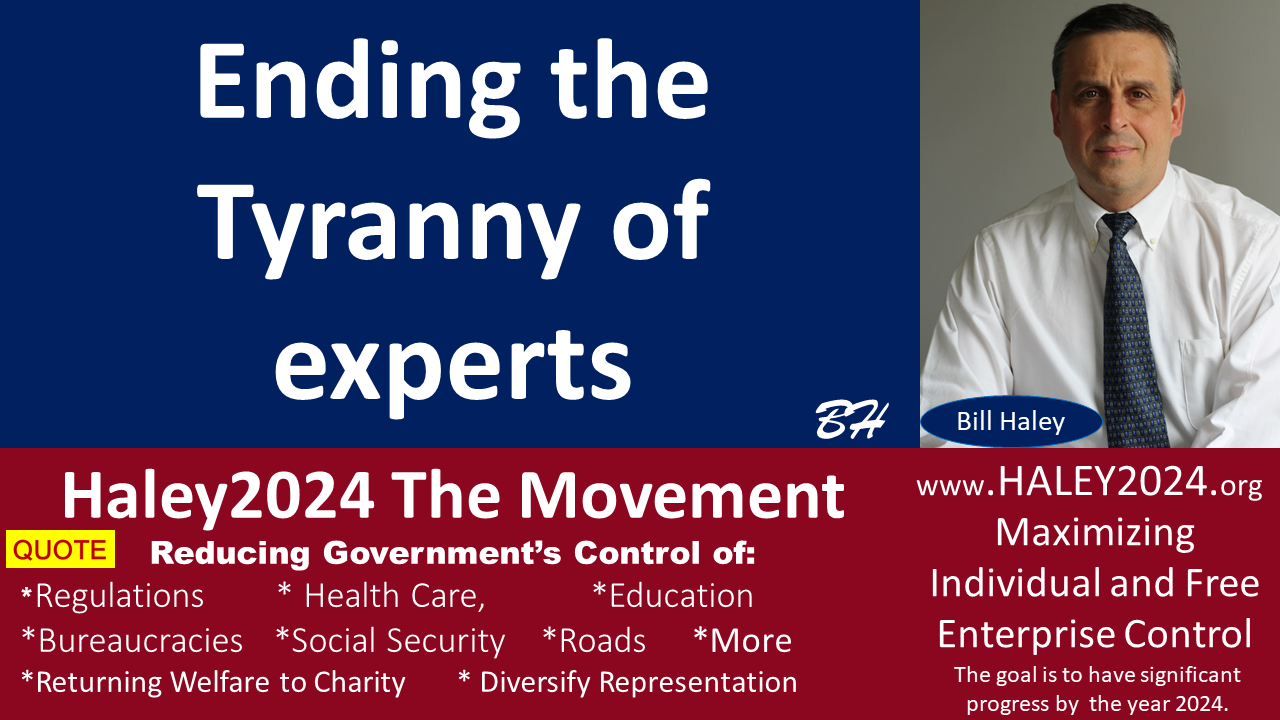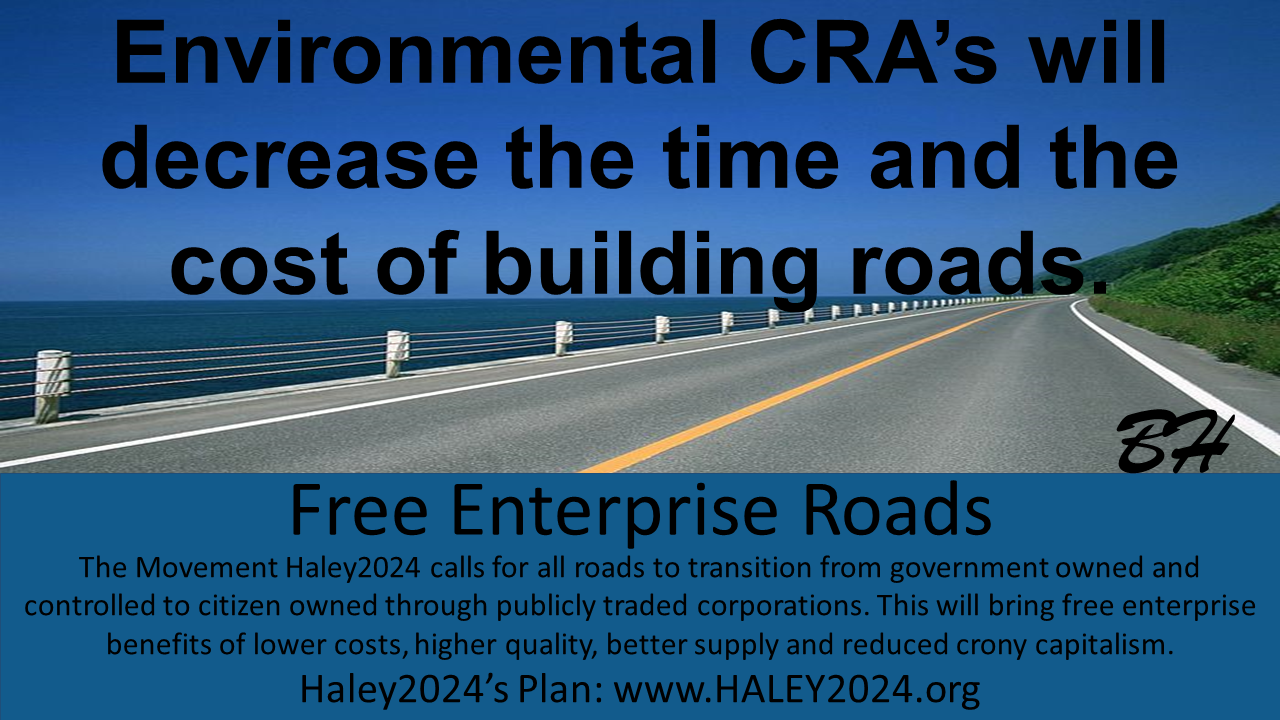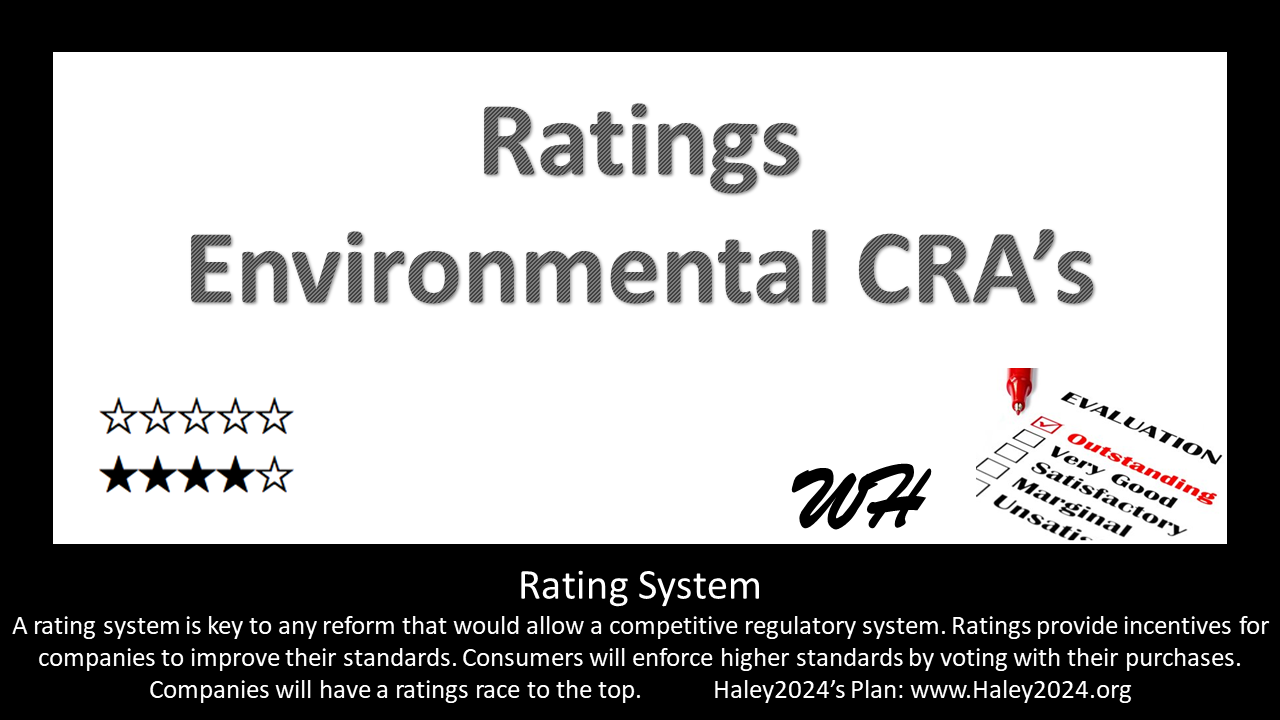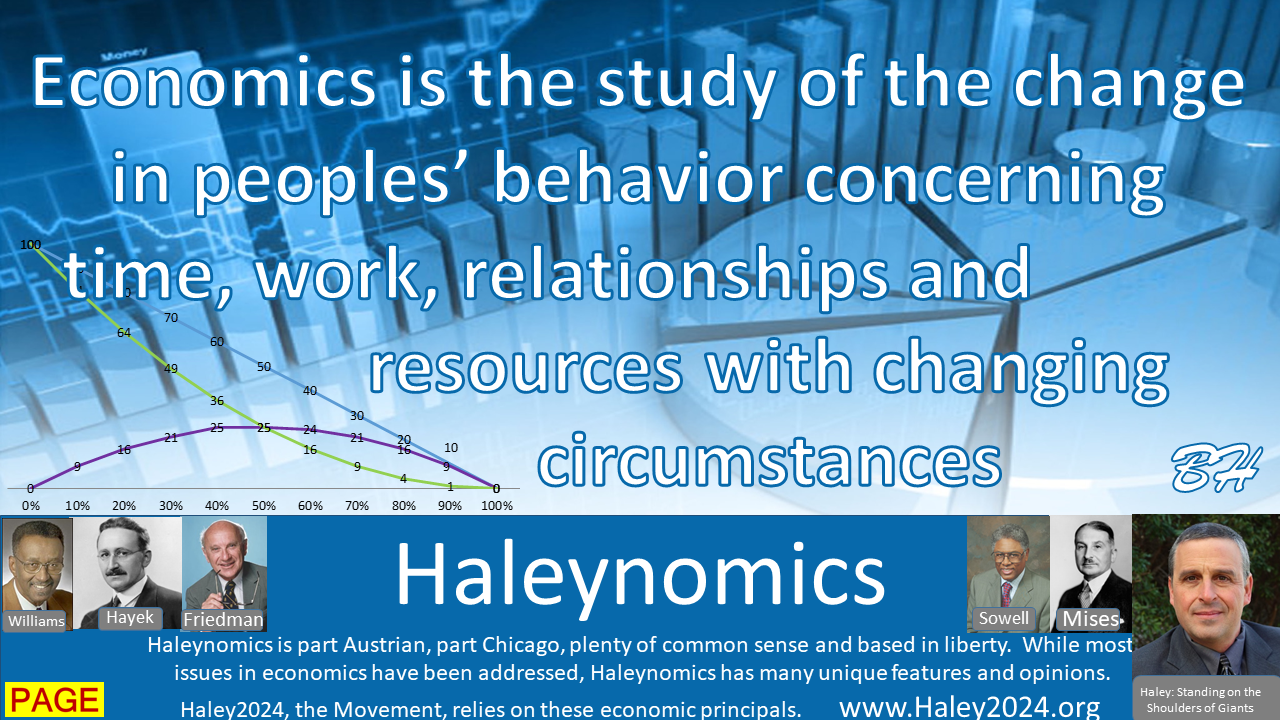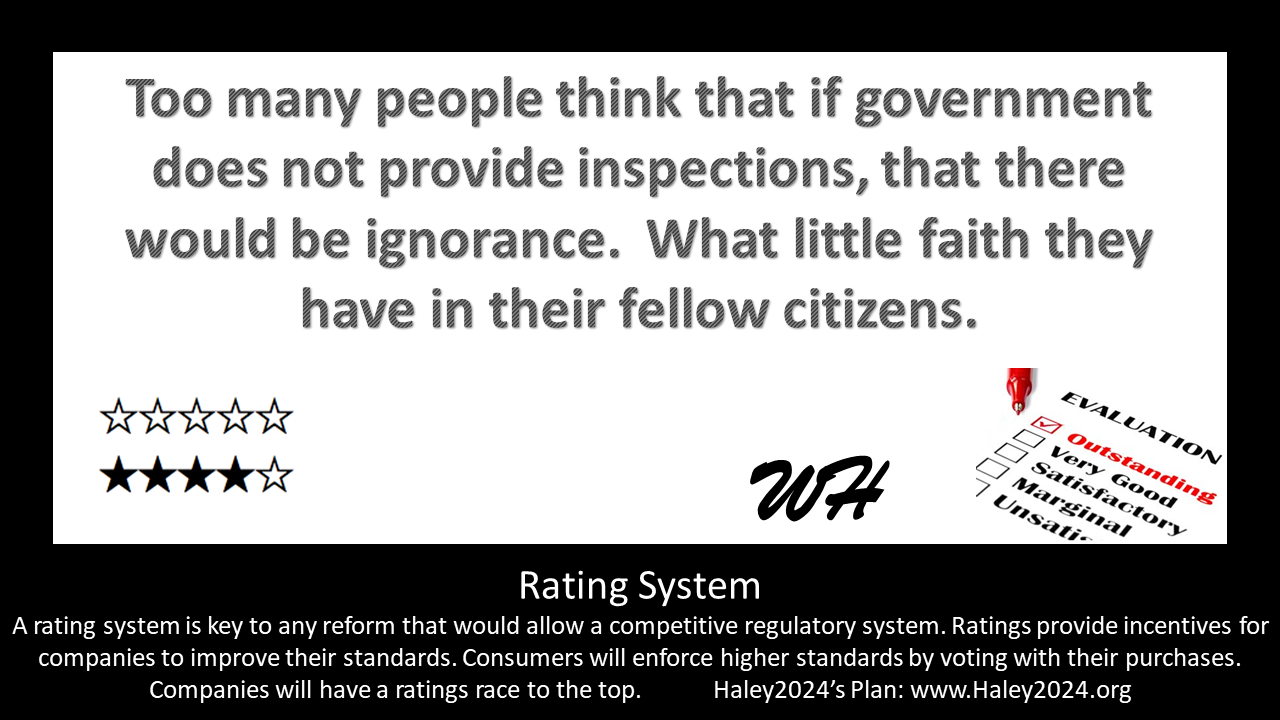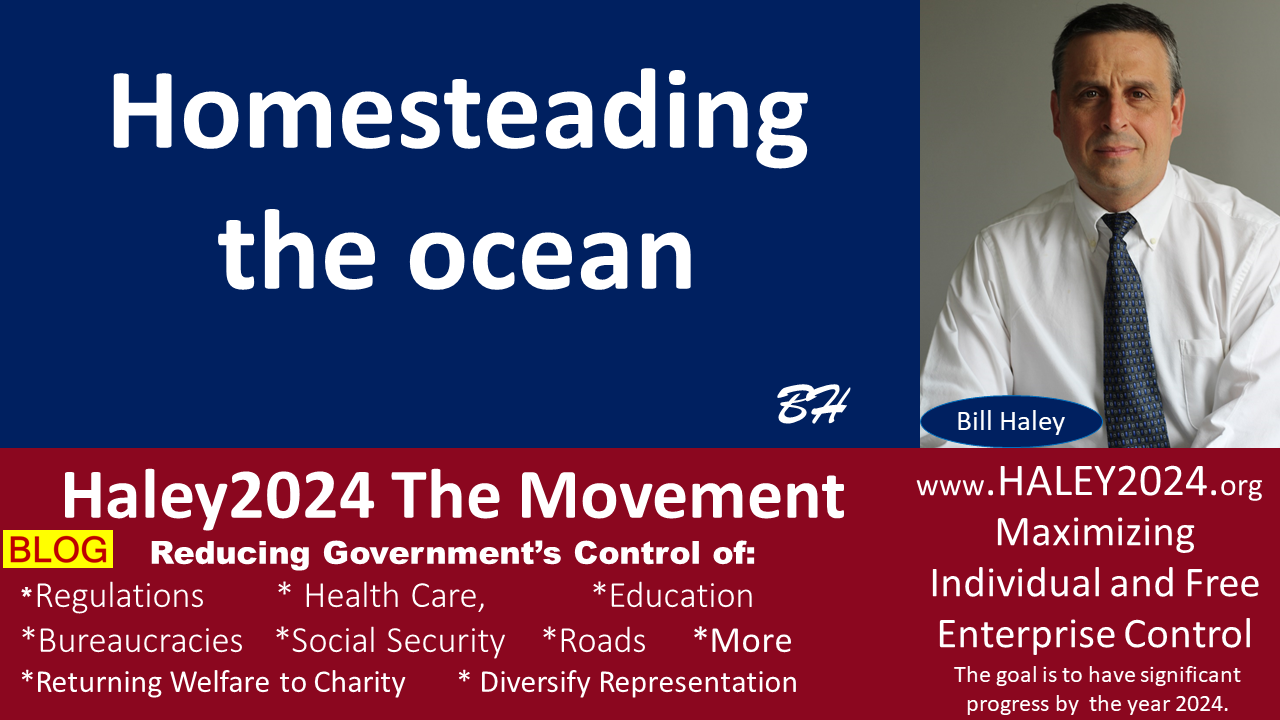| We have observed dramatic climate change within certain areas over the last several centuries. We are all on full notice that climate might not stay the same. It might change for the better, worse or not at all. To which degree is not certain. Too many are conceited with certainty, that is unwarranted. On the most part and where most people live, the climate has been very stable for several hundred years. |
| We need to be cautious that we even have good knowledge of what the climate was, and humbleness in thinking we know what it will be. Official predictions by government approved or paid for scientists are rarely better than predicting the average of the past. When we look back at 30-year predictions from 30 years ago, we have unimpressive results; however, they claim that we must trust their 100 years and longer predictions. |
| It is not the governments’ job to try to keep the climate the same or rescue people from the change. Governments’ attempts have mostly impoverished people and impeded proper adjustments. We should let the much richer and more knowledgeable people of the future deal with these items. We already know how to take CO2 out of the air, however not that efficiently. In the future, they can do that more efficiently. |
| We are getting better at solar, hydroelectric and wind. When that overtakes burning fuels economically, we could see over a 90% drop in man-made CO2. Nature is the largest producer and consumer of CO2. There have been massive releases of CO2 in volcanic activity. Nature seems to have many systems in place to balance CO2 and other chemical/gas levels out. |
| Plants and trees ‘breathe’ in CO2 and ‘breathe’ out oxygen. Animals breathe in oxygen and breathe out CO2. We can measure, kind of, greater tree growth in higher CO2 environments. Plankton and bacteria can vary with levels of CO2 to even out CO2 levels. Almost all organic material ‘burns’ through biodegrading, releasing heat, methane, and CO2. |
| Oil, coal and natural gas are thought to be really old trees, plants, animals and other organic materials that just got buried deep enough before biodegrading. Trying to stop CO2 and methane because they are greenhouse gases is foolish because the greenhouse effect is what is keeping us alive on this planet. Too much and too little greenhouse effect is certainly important to consider, and man’s effect could make a difference. However, we need to be humble in knowing the right optimum levels. |
| We are not going to damage anything that bad. We are not going to use up everything. Sure, we need to be good stewards of the environment and not do stupid stuff; however, nobody is advocating stupid stuff. However, we should not impoverish people currently for minor and uncertain results in the future. It is important to realize the proper balance between risk and reward and be humble in our knowledge of either. |
| People in this current climate change debate need to address some of these major points. Too often they take statistics out of context and assume too much. They often make assumptions without considering many issues. Worst, they compile many misconceptions until they are way outside of reality. They only look at their good points and rarely look at the downside of their policies. |
Plate tectonics is underappreciated
| Climate change believers underappreciate plate tectonics. It might be because the Left cannot blame capitalism on it. However, much of our climate is affected by the oceans and the Mid-Atlantic Ridge could change currents and hot-spots when the ocean floor is newly bulged or changed. There are plates throughout the earth, and all of them are playing a role. |
| How much heat radiates from areas near old faithful or the Hawaiian Volcanoes? It has been documented that volcanic ash thrown in the air had over a one-degree change in worldwide temperature averages in the 1980s. Rock layer research clearly shows volcanic activity at fluctuating levels over the centuries. We know that the hot spots change over time and that affects climate. |
| High levels of CO2 and other gases from under-ground can profoundly change gas levels locally and often worldwide. Often a change in one area has major effects thousands of miles away. More dust storms in Southern Africa could start more tropical storms that threaten America. Making sure all the dirt in Africa has vegetation on it might make a difference in limiting the number of storms that hit the Gulf Coast. In America, we had the Dust Bowl, however, once America became populated enough, we limited loose dirt and mostly eliminated dust storms. |
| So, has the climate changed? Will it change? First, let’s be humble in even knowing what it was 30 years ago, less 145 years ago and very little what it was 3,000 years ago. We have proxies; however, they are unimpressive. Predictions of the future have been mostly wrong over the last 100 years. The question of climate change is multifaceted with many unknown variables and inputs. |
| The climate is always changing because that is the nature of climates. There is rarely something not seen before, and yearly averages have always fluctuated. Inches of snow, hurricanes, high temperatures, frozen lakes, vary widely year to year. Many people talk in overblown terms regarding differences from 'normal' weather. |
